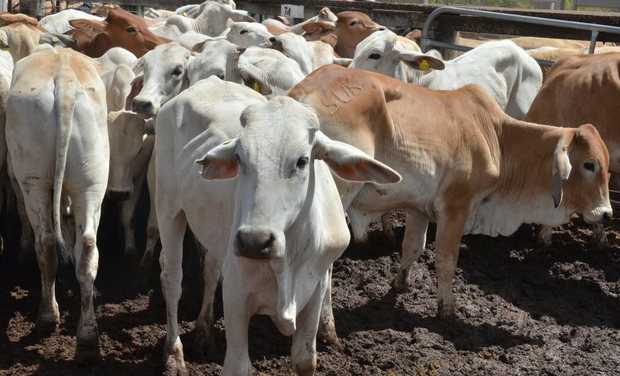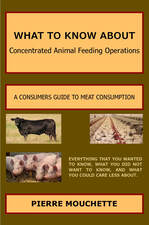Human and Animal Health Food Security and Animal Agriculture Biosecurity By Pierre Mouchette | Bits-n-Pieces Impacts of COVID-19 The overwhelming and ongoing impact of COVID-19 has overwhelmingly been felt around the globe. Even with little or no background or interest in biology, the emergence in 2019 of the novel coronavirus (SARS-CoV-2) launched a human health pandemic that hurled biological topics such as viruses, immunology, and messenger ribonucleic acid (mRNA) into everyday discussions. Even though there is still much to be learned about SARS-CoV-2 and the variant diseases (virus evolution), it causes the range of mammalian species it can infect and the endurance of anti-SARS-CoV-2 antibodies resulting from vaccinations. However, it is abundantly clear that the world has been forever changed. COVID-19 vs. Human and Animal Health Human health and animal health are not independent of one another. A complete view of human health cannot and must not ignore animal health since we are interconnected globally. With detection of COVID-19 in companion animals and wildlife, it illustrates the need for a holistic, collaborative approach to human, animal, plant, and environmental health. Disruptions in food supply chains, ranging from breakdowns in transportation to cessation of activity in abattoirs due to operative illnesses, led to empty shelves in many supermarkets. Closures of restaurant and food service industries led to excess products accumulating in warehouses, and problematic issues arose concerning perishable foods. In some instances, fields of vegetables were plowed underground, and milk was dumped. The Food System and Biosecurity Programs Previously undocumented vulnerability in the human food supply showed that those engaged in animal agriculture must consider the impact of a potential animal health pandemic more closely. It has led to greater scrutiny of current biosecurity practices designed to keep disease-causing organisms from harming animals, people, the human food supply, and the environment. Well-designed biosecurity programs must address the design and functionality of structures in which animals are raised and the practices and procedures followed by the people who care for the animals. Many people keep their companion animals (dogs and cats) healthy and safe by vaccinating them against disease-causing organisms, feeding them properly, and keeping them in a regulated environment where temperature, humidity, and exposure to the environment are controlled. Despite the best efforts of these guardians, sometimes their companions become sick. Sometimes animal guardians also become ill from a disease carried by their pets. These diseases are called Zoonotic diseases, which can be transmitted from animals to humans. The same condition is correct for many farm animal species such as poultry and swine. Even with widespread vaccination, isolation (quarantine) of infected individuals, and being raised in a controlled environment, some farm animals become sick. Perhaps one difference between companion animals and farm animals is that some species of farm animals are reared at a higher animal density. This increased number of animals within a given space can increase the likelihood of disease transmission among animals when a disease emerges. For that reason, well-designed and implemented biosecurity measures are crucial. Another difference is that farm animals (Concentrated Animal Feeding Operations) contribute animal-source foods to the human food supply, directly influencing human health and wellbeing. Common elements are included in biosecurity plans, including limiting human and animal movement into and out of the environment (CAFOs) where the animals are bred and wearing clean clothes and personal protective gear like throwaway boots and coveralls. These biosecurity practices are implemented at the farm level and, if performed correctly, can be very effective. Yet, the pathogenic avian influenza virus, which recently caused significant bird health issues, points to the need to consider biosecurity measures on a much larger scale. Animal Plant Health Inspection Service (APHIS) In the United States (U.S.), a division within the U.S. Department of Agriculture called the Animal Plant Health Inspection Service (APHIS) has had responsibility since 1972 to protect the health of U.S. agriculture and natural resources against invasive pests and diseases. Personnel at APHIS work with other nations’ governments, the World Organization for Animal Health (OIE), and universities to use the latest scientific evidence to develop and implement policies and procedures to protect and improve the health, quality, and marketability of animals and animal products. It also helps develop emergency preparedness plans that outline how federal and state animal health officials can work with livestock producers and others to contain the spread of a pathogen that causes disease in animals. The work of APHIS and their collaborators protect animal health, human health, and the supply of food for humans.
Comments are closed.
|
Archives
May 2024
|

